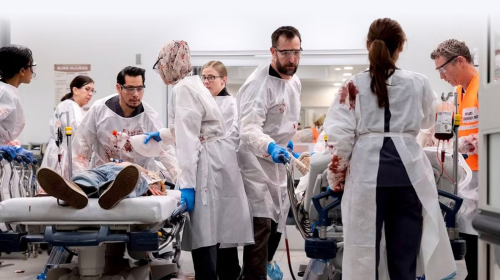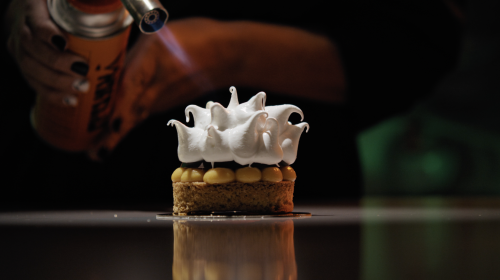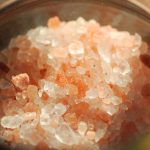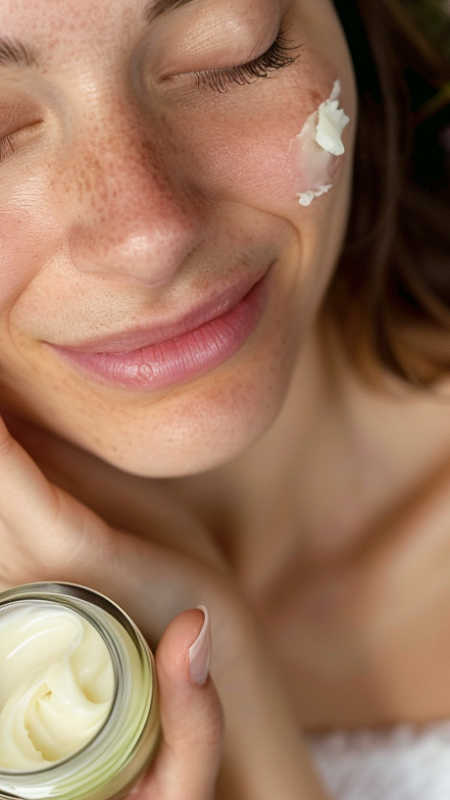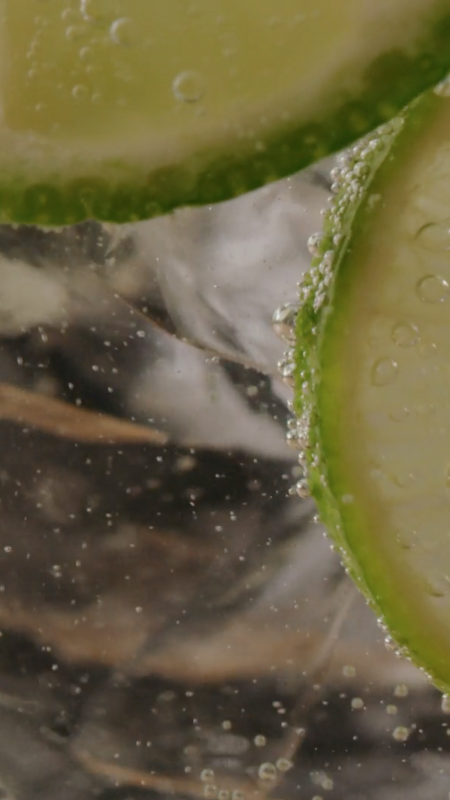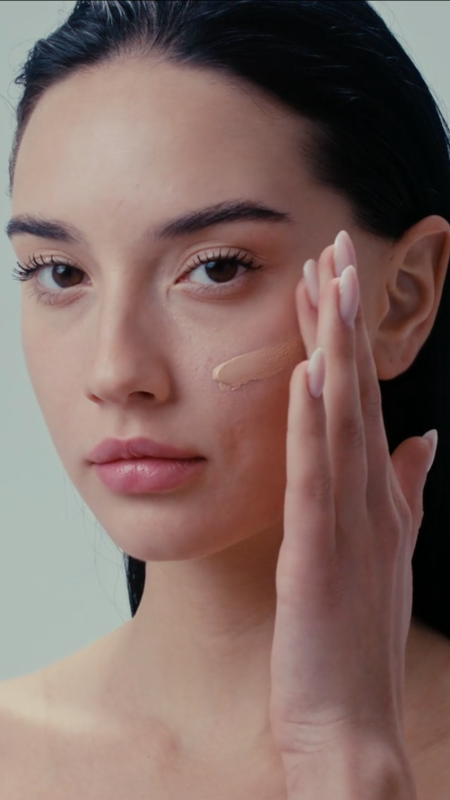What Do All These Non-Toxic Certifications Mean And Which Are Most Important?
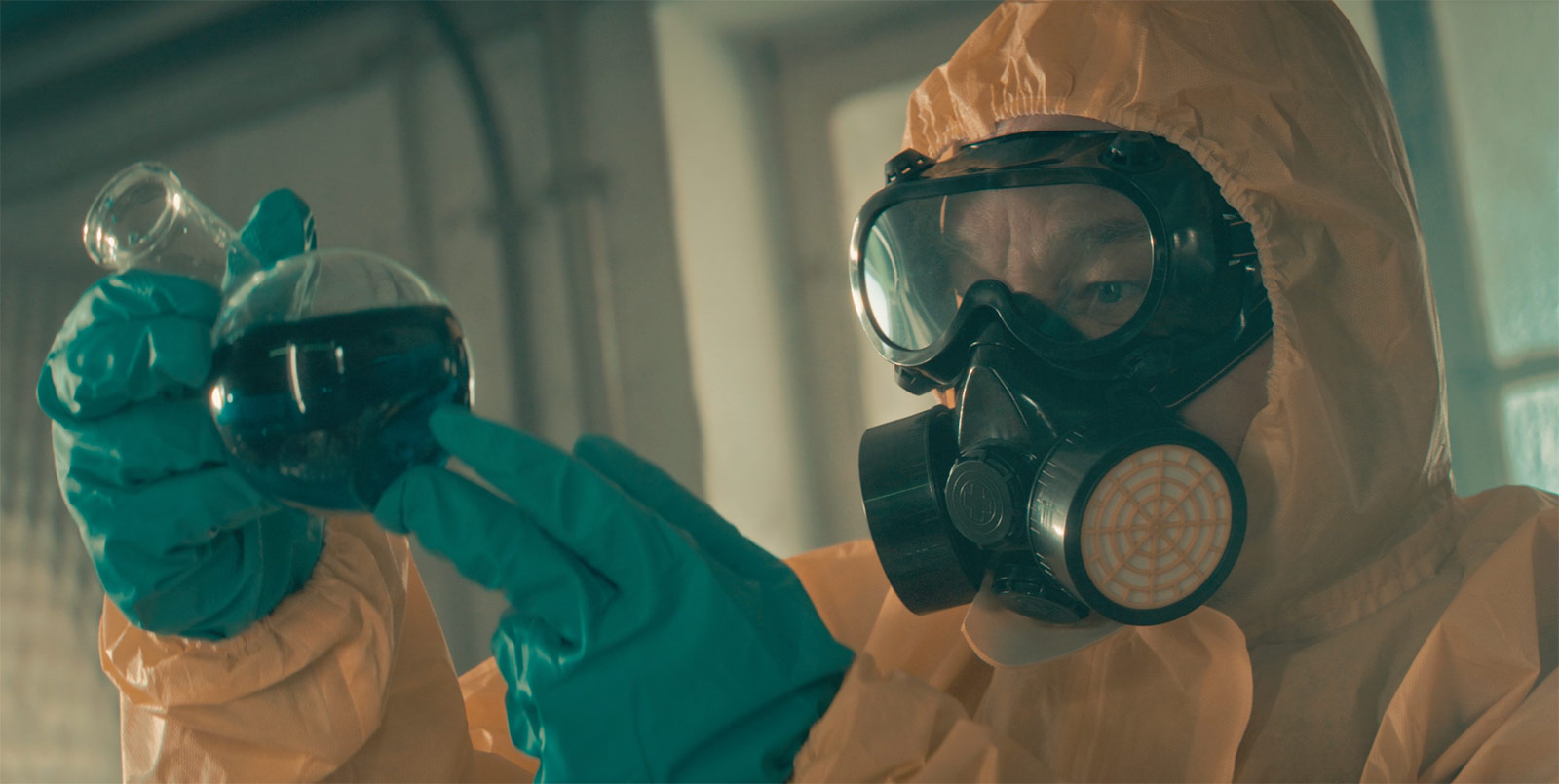
by Claudia Fisher
For the past year, my husband and I have been trying to detox our home by removing products that can expose us to microplastics and harmful substances like phthalates and formaldehyde, which are associated with a slew of health problems like hormonal disruption and reduced fertility, asthma, cancer, obesity, and neurological disorders (although more research is needed to determine the full extent of the risks). Some swaps have been fairly simple, like trading out plastic food storage containers for glass and stainless steel options, or ditching polyester towels and bedding for cotton, linen, and other natural materials. Other updates, like to furniture, have been significantly harder either due to the scarcity of cleaner alternatives or because retailers aren’t entirely forthcoming with their production processes.
As we’ve dug ourselves deeper and deeper into the hippie-dippie rabbit hole — replacing our toilet paper and tissues with “plant paper” and household cleaners with brands like Branch Basics and Grove — we’ve run into an array of acronyms that convey safety and high standards. As with most products marketed toward the general population, however, you really can’t blindly trust these certifications at face value. They all mean something slightly different, and you may care about some way more than others (or realize you want a product that has multiple stamps of approval. If it’s something you’re going to keep indoors that uses fabrics you’ll have frequent skin contact with, you might want both Greenguard and Oeko-Tex badges, for example).
Below I break down eight of the most common non-toxic acronyms I’ve run into over the past year of cleaning up my household so you can make more informed decisions for your own environment.
Global Organic Textile Standard (GOTS) — GOTs specifically evaluates organic fibers used in everything from clothing and mattresses to diapers and feminine care to assess if products maintain organic standards during the entire supply chain process, from raw material to the final version. A stamp of approval here guarantees the products are made of organic materials without hazardous chemicals (you can find all chemical groups testing covers here) along with environmentally and socially responsible processing.
Oeko-Tex Standard 100 — Also for textiles, this certification means materials have safe (or no) levels of over 1,000 harmful substances, including PFAs, PFCs, heavy metals, and phthalates. The limit values, which the association reviews annually, are broken out into four categories depending on how much skin contact the product entails and the risks associated. Baby products, category I, are held to the strictest criteria
Made Safe — Products with the Made Safe badge have been screened for over 15,000 substances either known to be or probably harmful to humans or the environment. Every substance in the product tested must pass the same standards, and Made Safe evaluates products across a range of categories, from household, pets, and babies to feminine hygiene, personal care, and sexual health.
Global Organic Latex Standard (GOLS) — A GOLS certification indicates that the product is made of organically grown natural rubber latex (rather than synthetic). A lot of mattresses use latex, for example, so you’re likely to see this acronym pop up there as well as toys, shoes, and condoms. The GOLS standard also sets a threshold for harmful substances, chemical emissions, and polymers and fillers.
Greenguard and Greenguard Gold — These show a product has low levels of emissions from volatile organic chemicals (VOCs), which affect air quality, with the Gold certification having a more stringent threshold. Keep in mind, this does not screen for chemicals that could still be harmful to ingest or have skin-to-skin contact with, like lead and phthalates.
CertiPUR-US — For products with polyurethane foam, like mattresses, pillows, and upholstered furniture, CertiPUR-US ensures the absence of: ozone depleters, formaldehyde, prohibited phthalates, heavy metals, flame retardants, and relevant chemicals like reproductive toxins, carcinogens, and those that may cause genetic defects. CertiPUR-US certified foam is also screened for low VOC emission to maintain safe indoor air quality.
Juvenile Products Manufacturers Association (JPMA) — If you have kids, you’ve likely run into the JPMA seal before. This certification denotes that a baby or children’s product meets certain safety, performance, and functionality requirements based on the ASTM International (American Society for Testing and Materials) standards, which are different across product categories.
EWG Verified — The EWG (Environmental Working Group) aims to protect consumers from harmful substances and has introduced its own seal that signifies when something is free from chemicals in its list of “unacceptable” ingredients that have “health, ecotoxicity and/or contamination concerns.” Products with this badge also must meet a higher level of transparency, disclosing all ingredients on labels to the EWG, even those in fragrance.


